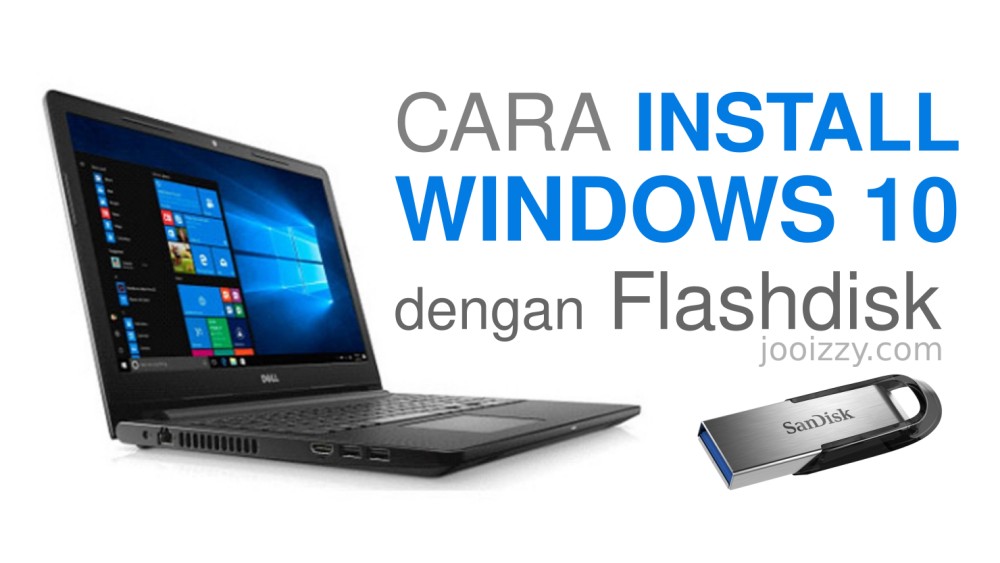As a professional SEO writer, I understand how important it is for businesses to have an easy-to-navigate website that meets the requirements of search engines and appeals to potential customers. Part of creating that experience is ensuring that website content is both informative and engaging. Today, we’ll take a look at how to accomplish that by discussing the various methods for installing Windows using a flash drive.
How to Install Windows 7 with a Flash Drive
Installing Windows 7 using a flash drive can be a quick and easy way to upgrade your operating system. Here’s how to get started:
- Download the Windows 7 iso file from Microsoft’s website.
- Insert a flash drive with a minimum of 4GB of available space into your computer.
- Open the Command Prompt by searching for it via the Start menu or pressing Windows key + R and typing ‘cmd’.
- Enter ‘diskpart’ and press Enter to open the Diskpart command.
- Type ‘list disk’ and press Enter to show all of the available disks in the computer. Make note of the disk number of your flash drive.
- Type ‘select disk #’ (where # is the disk number of your flash drive, as noted in step 5) and press Enter.
- Type ‘clean’ and press Enter to wipe everything on the flash drive.
- Type ‘create partition primary’ and press Enter to create a new partition.
- Type ‘select partition 1’ and press Enter.
- Type ‘active’ and press Enter to make the partition active.
- Type ‘format fs=fat32’ and press Enter to format the partition as FAT32.
- Type ‘assign’ and press Enter to give the drive a letter.
- Open File Explorer (Windows key + E) and extract the contents of the iso file to the flash drive.
- Restart your computer and boot from the flash drive. You may need to change the boot order in your BIOS settings.
- Follow the on-screen prompts to install Windows 7.
That’s it! After installing Windows 7, be sure to install any necessary drivers and updates.
How to Install Windows 10 with a Flash Drive
Installing Windows 10 using a flash drive is similar to installing Windows 7, but with a few differences. Here’s a step-by-step guide:
- Download the Windows 10 iso file from Microsoft’s website.
- Insert a flash drive with a minimum of 8GB of available space into your computer.
- Open the Command Prompt by searching for it via the Start menu or pressing Windows key + R and typing ‘cmd’.
- Enter ‘diskpart’ and press Enter to open the Diskpart command.
- Type ‘list disk’ and press Enter to show all of the available disks in the computer. Make note of the disk number of your flash drive.
- Type ‘select disk #’ (where # is the disk number of your flash drive, as noted in step 5) and press Enter.
- Type ‘clean’ and press Enter to wipe everything on the flash drive.
- Type ‘create partition primary’ and press Enter to create a new partition.
- Type ‘select partition 1’ and press Enter.
- Type ‘active’ and press Enter to make the partition active.
- Type ‘format fs=fat32’ and press Enter to format the partition as FAT32.
- Type ‘assign’ and press Enter to give the drive a letter.
- Open File Explorer (Windows key + E) and extract the contents of the iso file to the flash drive.
- Restart your computer and boot from the flash drive. You may need to change the boot order in your BIOS settings.
- Follow the on-screen prompts to install Windows 10.
Similar to installing Windows 7, it’s important to install any necessary drivers and updates after installing Windows 10. Additionally, make sure that your computer meets the minimum requirements for Windows 10, such as having at least 1GB of RAM for the 32-bit version and 2GB of RAM for the 64-bit version.
FAQs
Q: What is a flash drive and why should I use one to install Windows?
A: A flash drive, also known as a USB drive or thumb drive, is a small and portable storage device that can be used to transfer files from one computer to another. Using a flash drive to install Windows can be faster and more convenient than using a CD or DVD, especially on computers without optical drives.
Q: Can I use the same flash drive to install Windows on multiple computers?
A: Yes, you can use the same flash drive to install Windows on multiple computers. However, keep in mind that each computer will need its own product key to activate Windows.
Thank you for taking the time to read this article about installing Windows using a flash drive. We hope that you found it helpful and informative. If you have any questions or comments, feel free to leave them below. And don’t forget to subscribe to our YouTube channel for more helpful tutorials!
+Dengan+Flashdisk.jpg)
